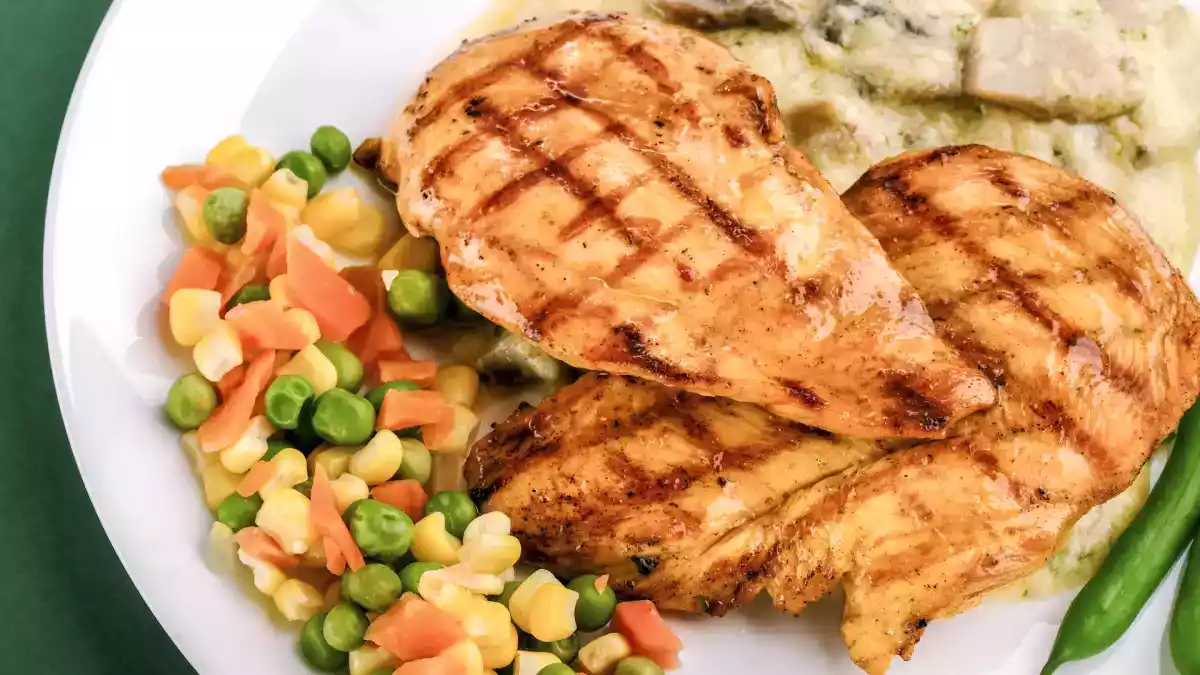How to tenderize meat with this ingredient you already have at home

Is your meat hard? The solution may be closer than you think. You may not know it yet, but that carton of milk you keep in the fridge hides a surprising trick. One that has nothing to do with breakfast, smoothies or smooth sauces. We're talking about meat. Of that meat that is hard to chew even if you use a good knife. Of those breasts that remain dry when cooked, or of those humbler cuts that sometimes spoil an entire dish.
For years, home cooks have tenderized meat with this common ingredient without asking many questions about it. Today, science proves them right. Far from complex marinades or industrial products, it is enough to cover the meat with milk, let it rest... and let the unexpected happen. What exactly happens, why does it work, and with what kind of cuts does it have the best effect?
Why milk makes for more tender meat
What happens is more interesting than it seems. Far from being just a grandmother's trick, there is a real biochemical process behind it. What milk does is not just softening on the outside. Its slight acidity and calcium content help to activate natural enzymes that are already present in meat, such as calpains. These enzymes act on muscle proteins, breaking some of the bonds that keep the fibers taut and compact.
The effect is progressive. As the meat rests, the fibers relax and the tissue becomes softer. When cooked, the meat becomes more tender, less dry and much easier to chew. All this without altering its flavor or leaving any noticeable lactic residue.
On which meats does it work best?
Although this technique can be applied to many types of meat, it works especially well with pieces that are not very thick or that tend to dry out during cooking. Some examples where this method is especially useful are:
- Chicken breast: especially if it is to be grilled or breaded, as it tends to dry out easily.
- Top and back of veal: lean cuts that can be tough if cooked quickly or undercooked.
- Pork shank: juicy for stews, but much more tender if previously marinated for grilling or baking.
- Brisket: ideal for quick preparations if tenderized beforehand with milk.
- Shank: although it is usually used in stews, it gains a gentler texture if cooked without broth after resting in milk.
For larger or fattier cuts, this technique is not as necessary, but it can be used as part of a longer marinade if a particularly mellow texture is desired.
How to apply it at home?
You don't need anything more than a bowl, milk and a little patience. Here is the basic step by step:
- Place the pieces of meat (e.g. chicken breasts) in a bowl and cover them completely with whole milk.
- Cover with plastic wrap and let stand in the refrigerator for at least 12 hours, but ideally 24 hours.
- Drain and dry the meat well with kitchen paper before cooking, so that it browns properly.
- Cook as you prefer: baked, grilled, broiled or even breaded. You will notice the difference.
If you prefer to give it an extra touch of flavor, you can add some herbs, mild spices or a whole clove of garlic to the milk. But don't overdo it: the important thing here is texture.
They already knew
Sometimes, modern cooking "rediscovers" what grandmothers already knew. This simple and effective technique has been used for generations to tenderize meat, and today we know why it works.
Did you already know it or is it new to you? Have you ever tried it at home? Perhaps you have another infallible method for obtaining more tender meat. If so, tell us about it in the comments and let's keep sharing the knowledge that really works.
 Patricia González
Patricia González
Comments